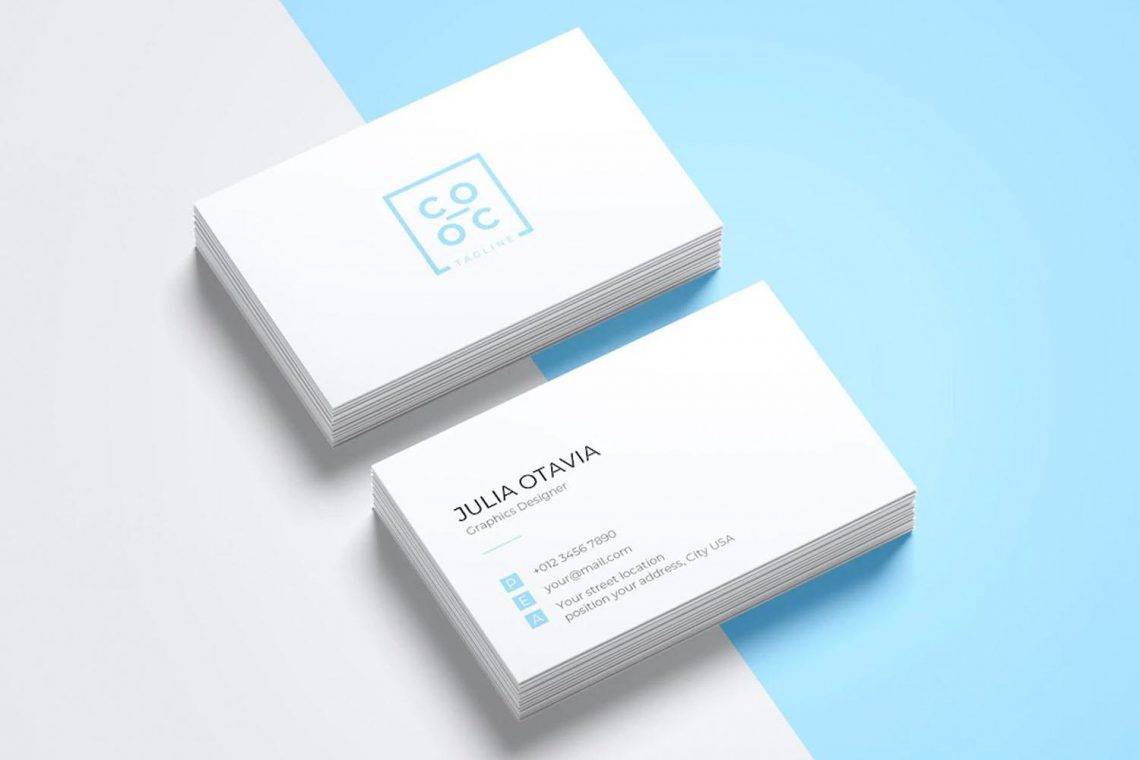Small businesses are frequently advised against creating their own name cards, but if you’re just starting out and have limited resources that must be used wisely, you may need to give it some serious thought.
If you’re a small business looking to Creating Effective Name Cards you can be proud of, you should first decide what constitutes a decent name card before accessing top Envato Elements business card templates or a top-notch online name card creator like this one from Business Card Maker.
Guidelines for Name Cards, Good Name Card Design
Understanding what makes a good name card is the first step in learning how to create one. The ideal name card should be able to sum up your brand at a single glance. Considering that the typical basic name card is 85 mm by 55 mm in size, this may seem like a lofty goal.
The problem is this. Your basic name card couldn’t possible convey the full story of your firm, but it can provide the image that best captures it using every element of the card—its size, shape, card stock, color, texture, and text.
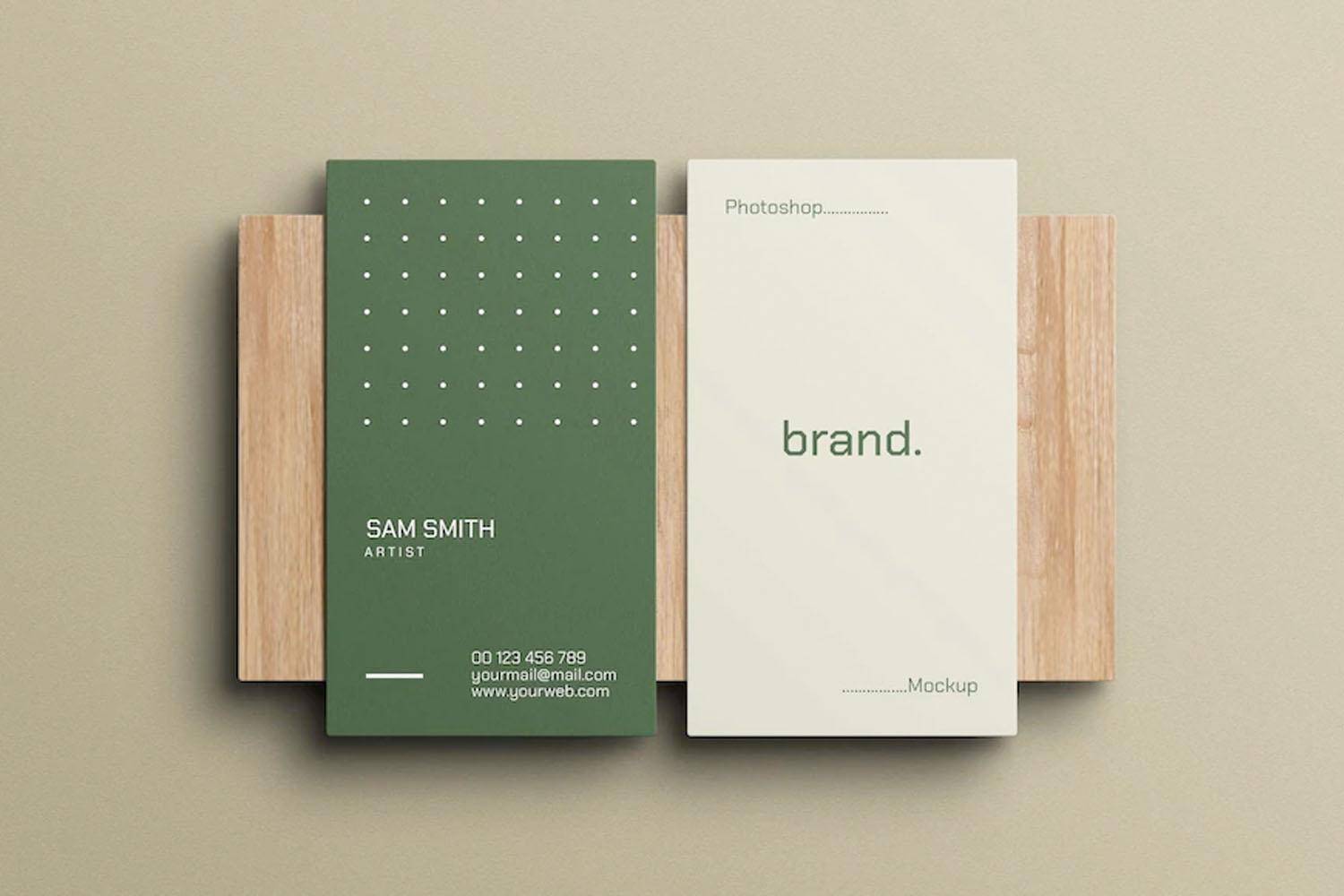
So, if your business is a travel agency that practices environmental responsibility, your card’s material, logo, and other design elements should convey that. Similar to this, if you manage an indoor playground for kids, you might want a card with a distinctive design, vibrant colors, and humorous but clear writing. Or, how do you know whether a name card is good? A name card that represents you professionally and that people will remember.
To assist you comprehend what constitutes a quality name card, the following additional essential rules are provided:
- Consider your audience when creating your card. If designers were your target market instead of bankers, you would develop a different kind of card.
- Include only the most crucial details. Limit the amount of information you provide in your card to what is necessary to make it memorable and grab the recipient’s attention.
- Ensure that the text is readable. Everyone won’t be able to understand the language on your basic name card if it is too small, twisted, or overly stylized because that defeats the purpose of the card, which is to communicate.
- Respect the empty space. Avoid the temptation to cram information or graphics into every available inch of your card. Here, the proverb “Less is more” holds true. Negative space gives the eye a place to rest and highlights the information you do include.
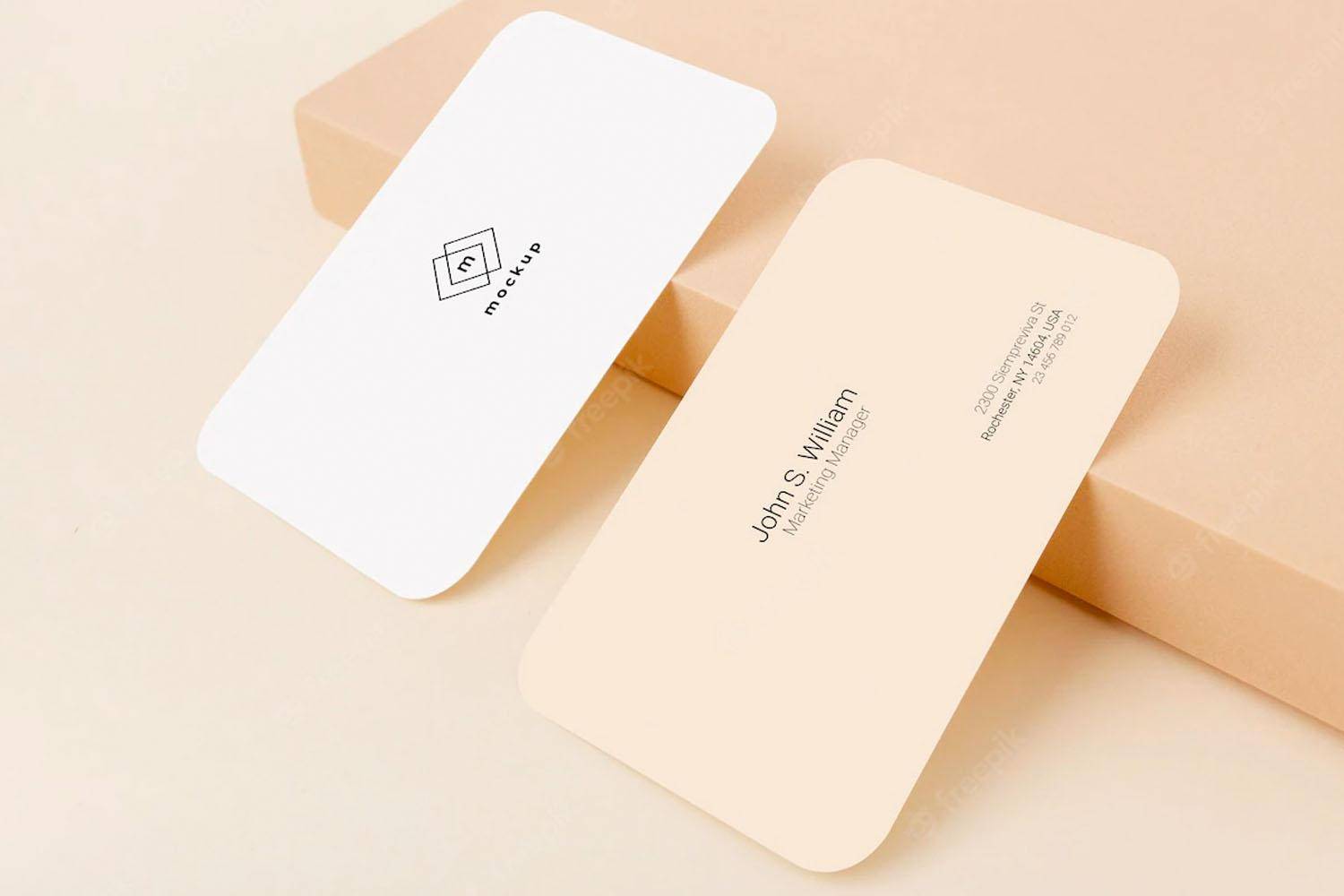
10 Tips for name cards (Unique Design Ideas)
Effective name cards are a potent marketing tool that may leave a lasting impression on potential consumers and prospects. It’s crucial that you know how to design a name card so that it conveys the values of your organization, helps set it apart from the competition, and entices future clients and consumers to contact you. In order to assist you in designing a name card and ensure that you get the fundamental name card design correct, we have put together this list of guidelines.
Examining successful name cards from many industries, including your own, is one of the finest ways to develop your own.
Lay out as many as you can on a flat surface after gathering as many as you can.
Write down your impressions of each card, including what you find memorable and what you feel doesn’t fit.
1. Examine the top name cards from a range of sectors
Next, pay attention to the cards held by your rivals. Are there any characteristics that they share? What cards catch your eye, and why? Which do you gravitate toward and why?
You might wish to try to mimic some of the successful traits or memorable traits you’ve noticed in the cards you’ve studied. Just keep in mind that you don’t want to copy your rivals too much because you want to hold onto some characteristics that will set your company apart.
2. Make name cards that are in line with other materials for your brand
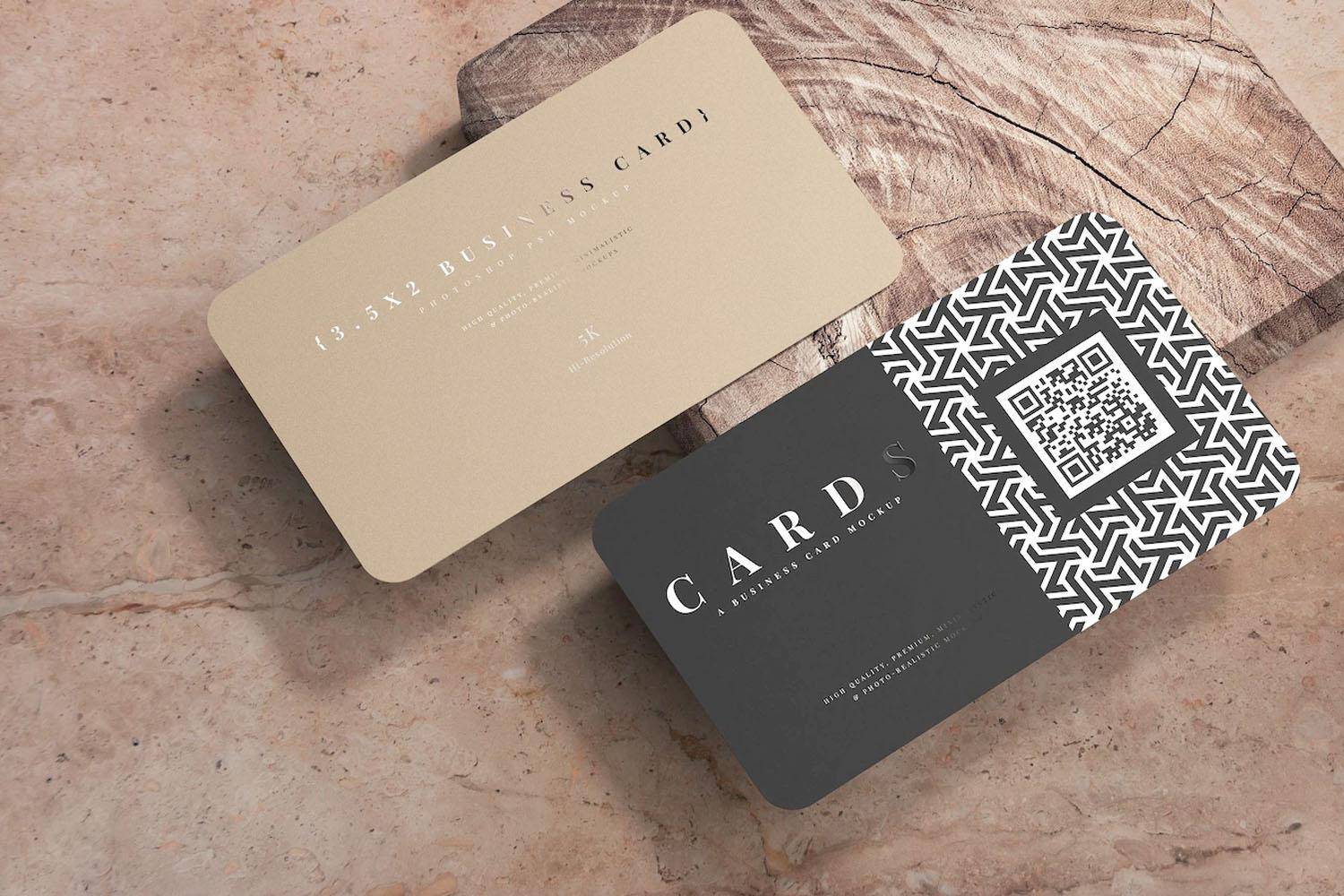
Choose your brand’s logo, font, and color scheme before you begin developing a name card. These serve as your brand identity’s cornerstone. They should be prominent in the design and format of your card and consistent throughout your website and other marketing materials.
3. Employ fundamental design concepts

A decent name card design should follow the fundamentals of paper-based design since they are printed materials. To ensure the best quality reproduction, you must design in CMYK and work at 300 dpi. You must also keep all of your key copy at least 5mm away from the card’s trim edge.
To ensure appropriate name card layout of all the pieces you utilize, using a grid may also be helpful. This will enable you to establish the proper informational hierarchy and guarantee that the various components are well-aligned.
4. Select the Card with the Best Shape and Size for Your Needs
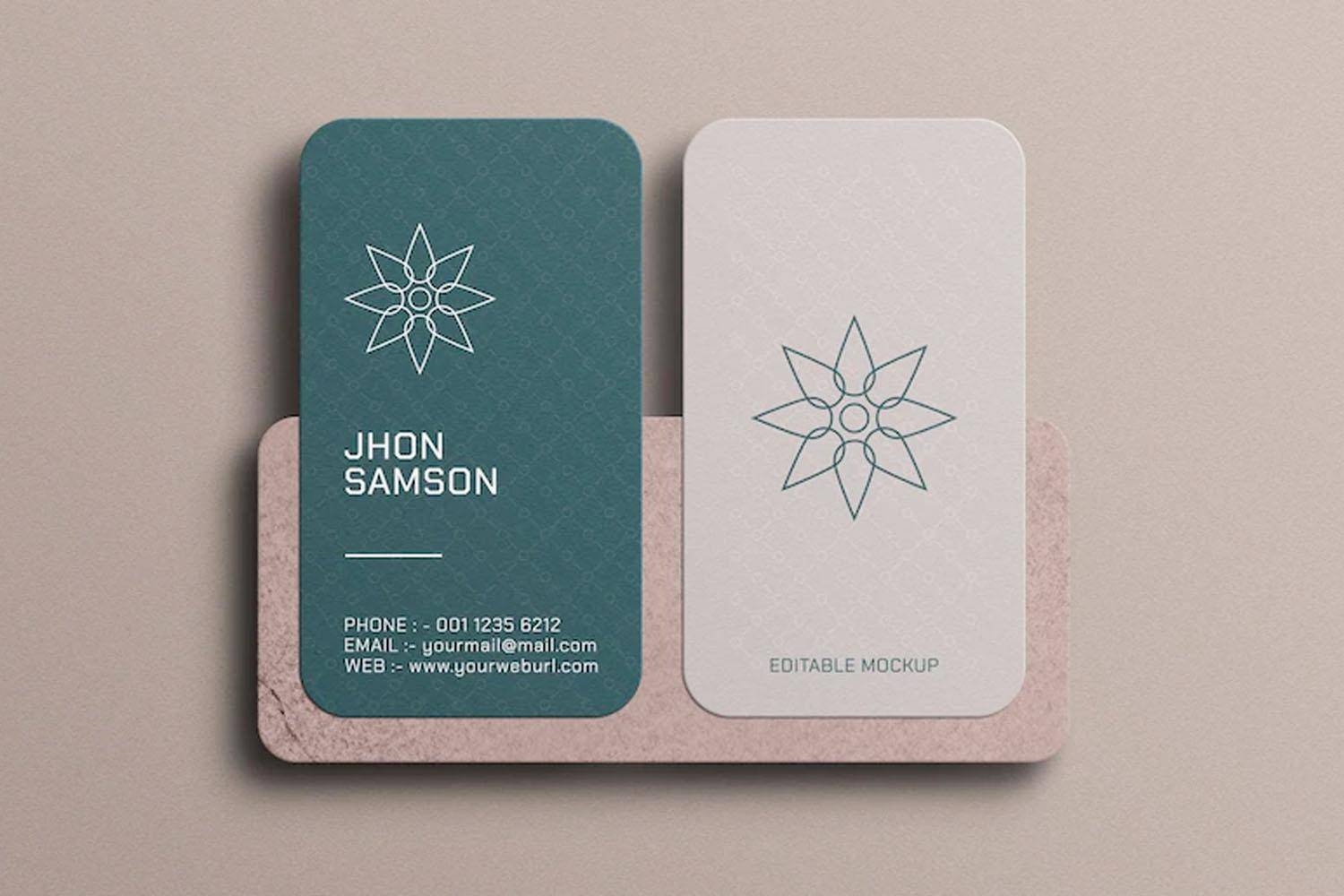
Although typical name cards are horizontal rectangular cards, this does not mean that yours must be. Your card can have a number of other shapes, from organic to geometrical, depending on your industry, the brand image you want to convey, and the audience you’re talking with. You should really think about what size and form of card best symbolizes your brand. Even if you want to stay within the bounds of tradition, think about using a vertical rectangular card. They are less frequent than horizontals and can help you stand out from the crowd.
5. Maintain A Simple Design
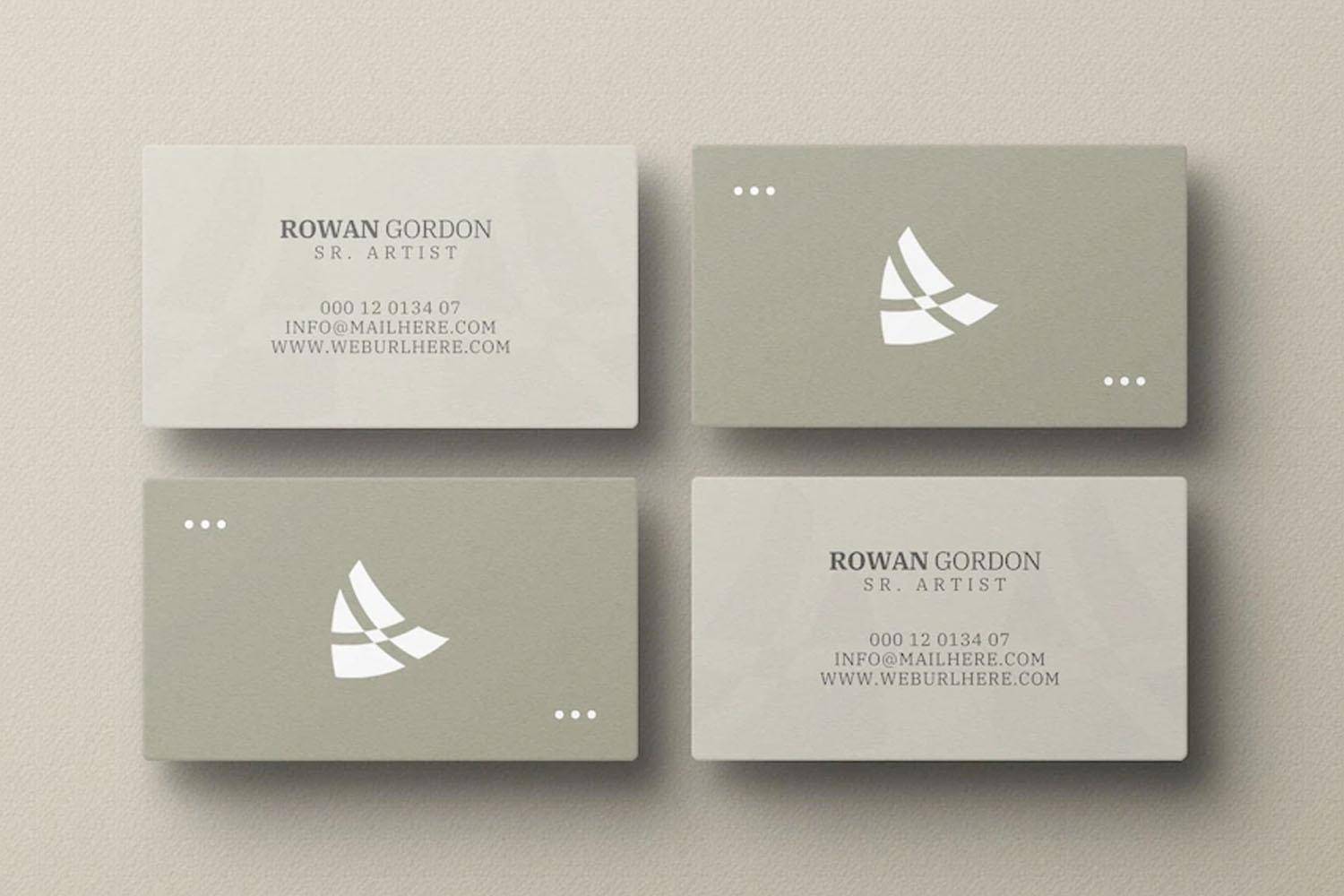
Design newbies mistakenly believe that simplicity equates to boringness, however this is not the case. The nicest thing about generating breathing room on your card is that crucial information may stand out and capture the eye. Minimal designs can be pretty elegant.
6. Remember important contact information

Every name card needs to include some basic information on it so that people who receive it may get in touch with you. Although it will differ from business to business and person to person, the following information is typically included in successful name cards:
Contact information includes a company name, your name, your job title, and one or two important social media sites.
For some companies, only the name, title, and phone number may be necessary, whilst for others, all of the aforementioned details will be provided.
7. Take a Positioning Statement into Account

A positioning statement is a succinct statement that best encapsulates your brand’s core beliefs and distinguishes you from your rivals.
For instance, Nike:
Just do it.
A strong method to stand out, be remembered, and build a relationship with your potential customers is to create and include an engaging positioning statement on your name card.
8. Carefully double-check your work

Nothing is more distracting or more likely to ruin a potential business relationship than a name card with inaccurate contact information or misspelled words, so make sure to check it well and have others do it for you. Verify that all of your contact information is legible and verify it again and again.
9. Utilize expert printers and premium materials
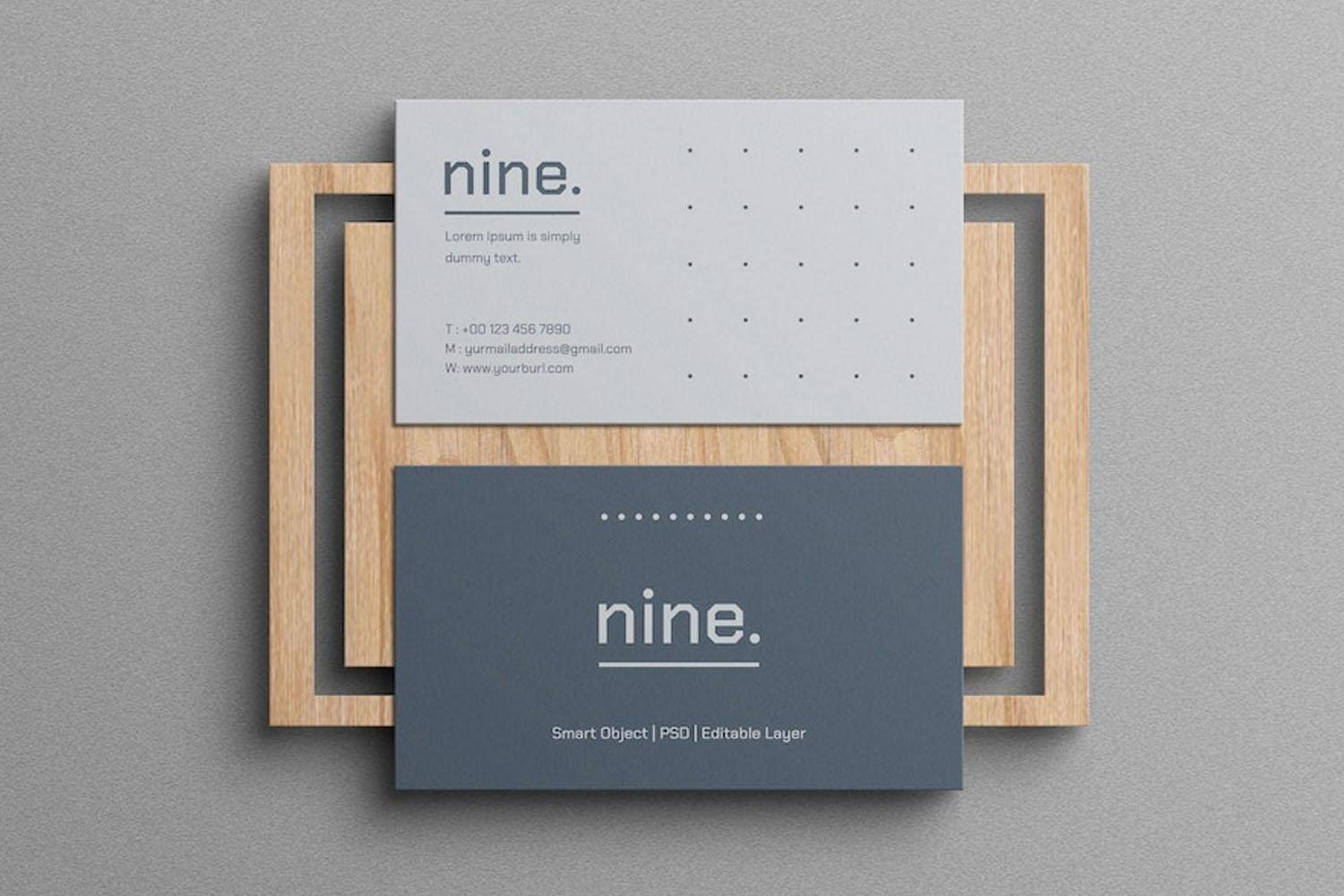
A partnership gets off to a good start when the card is professionally designed and printed. Therefore, avoid detracting from your attractive name card design with subpar printing on subpar card paper. Once your design is finished, make sure you have your card professionally printed on quality card stock. This will increase card longevity in addition to creating a favorable impression.
10. Utilize an expert name card template
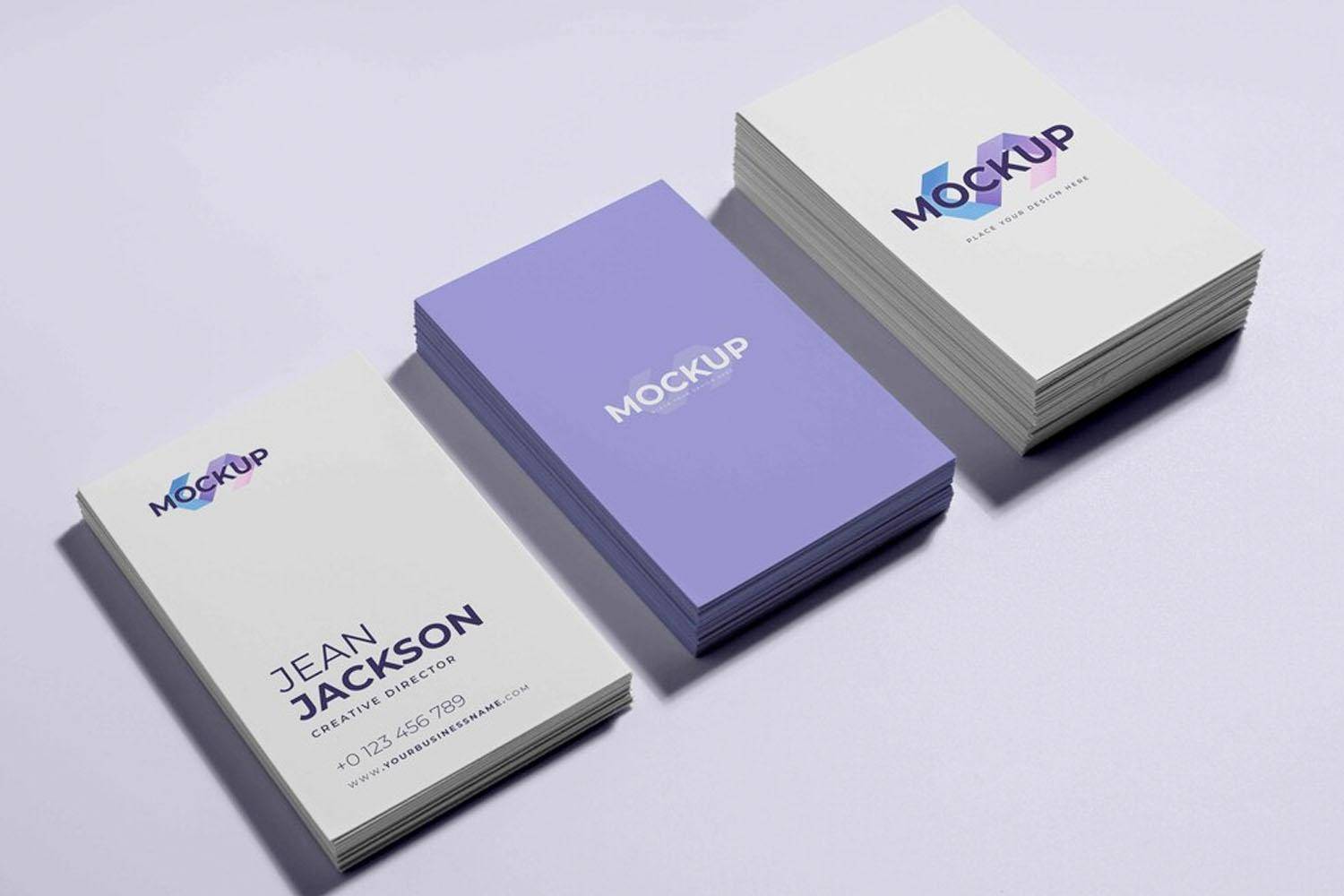
Finally, using name card templates from Envato Elements is one of the greatest ways to ensure that your name card design is executed successfully if you are familiar with Adobe Photoshop and/or Illustrator.
May also interest you
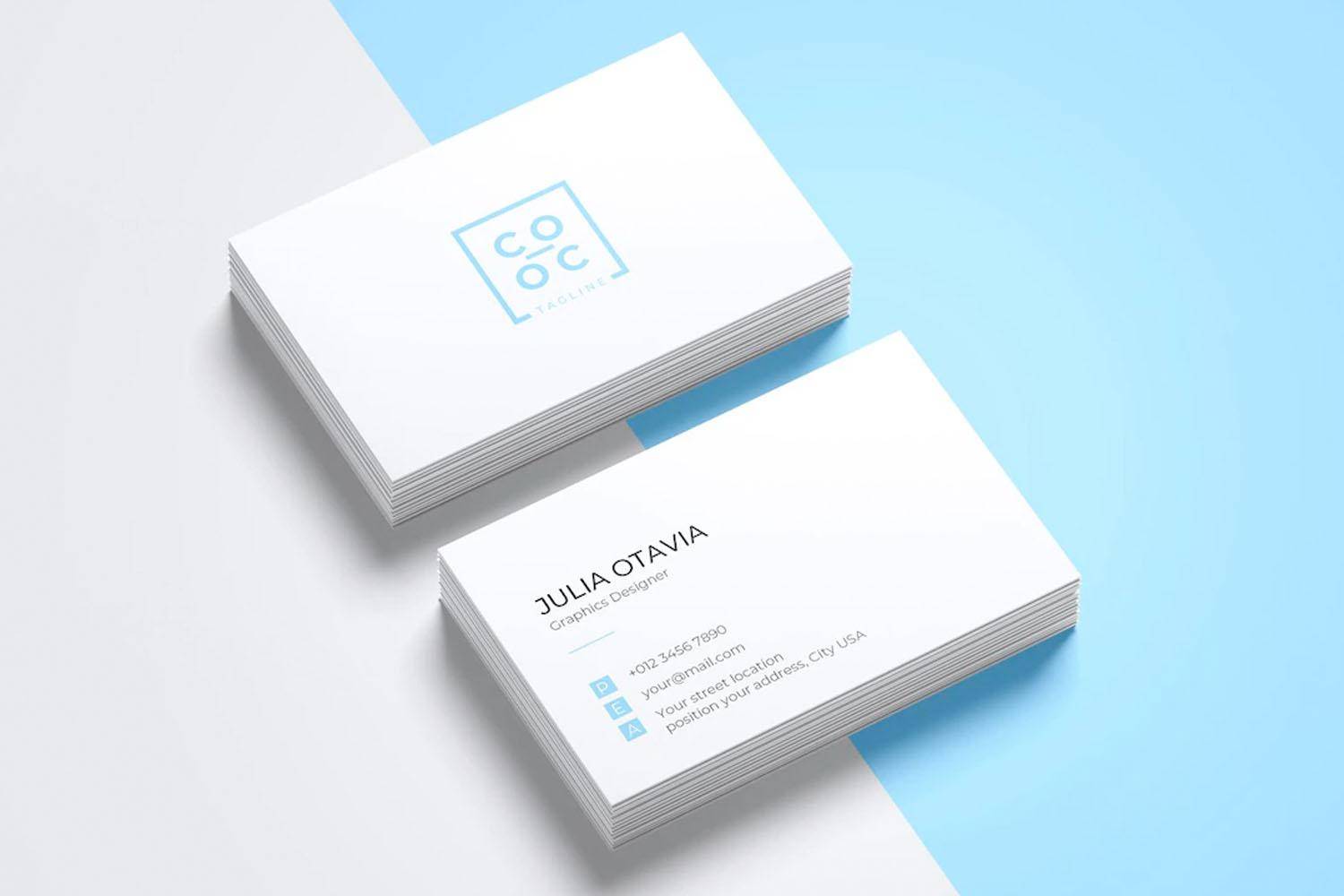
10 Quick Tips for Creating Effective Name Cards
Small businesses are frequently advised against creating their own name cards, but if you’re just st…
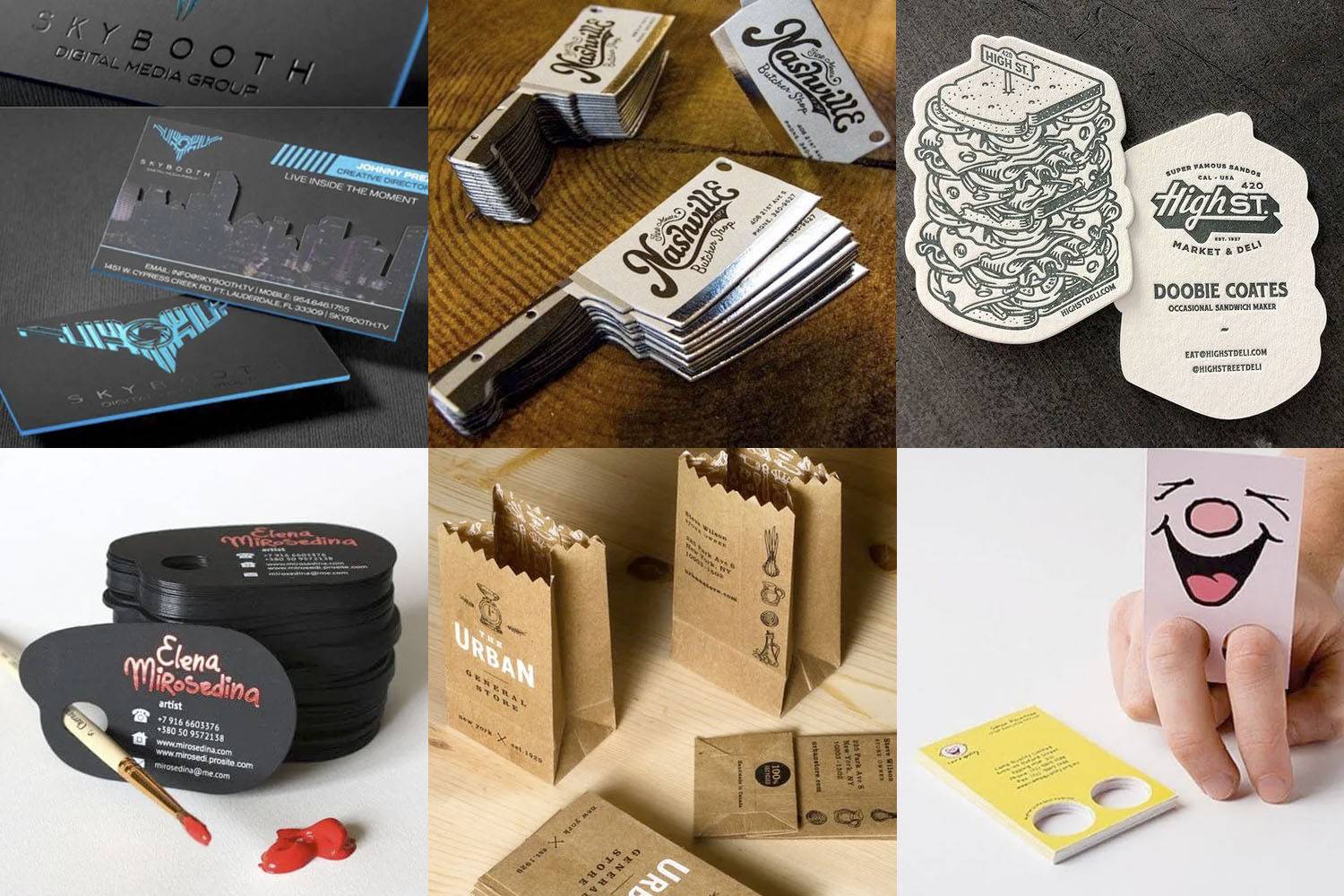
Name Card Sizes and Shapes
Although Namecards Inc. has designed and manufactured a large number of name card sizes and shapes w…
Why print with us?
Our experienced designers and efficient customer service representatives work with clients closely to arrive at the best name cards perfecting colours, sizes, shapes, finishes, and design combinations.

